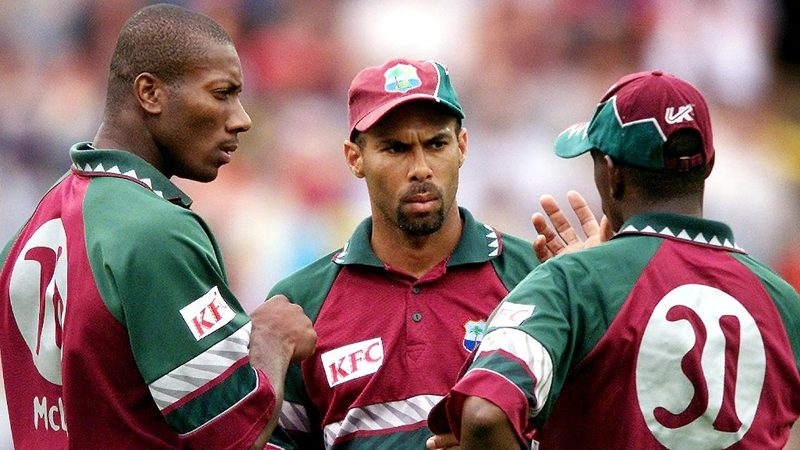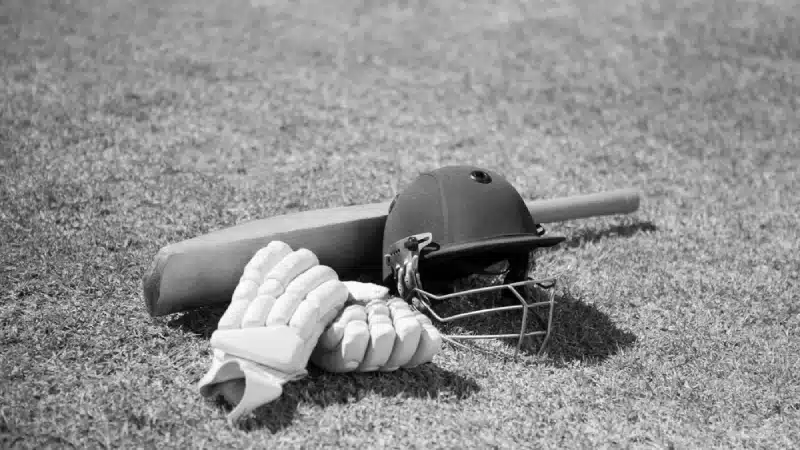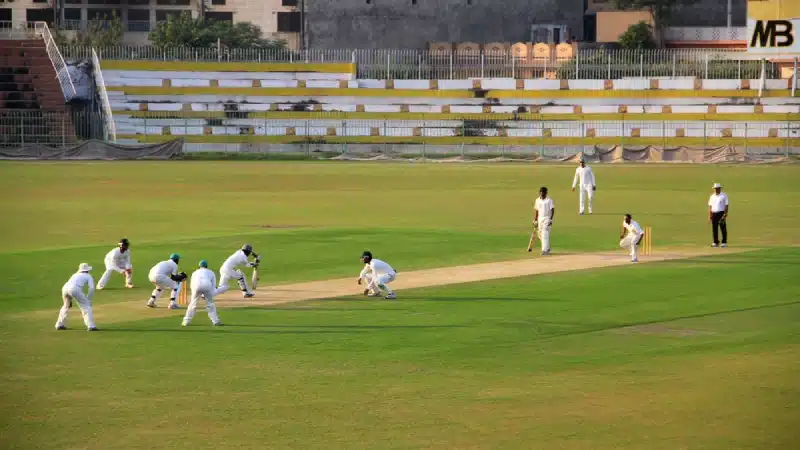
Economy rate in cricket is the average number of runs conceded per over bowled. It is a significant indicator of how productive the bowler has been, especially in limited-overs.
Lower economy rate means the bowler has been extremely effective in stopping the opposition from scoring runs, and vice versa. Hence, this value typically has more substance in ODI as well as T20 cricket. This is because these formats expect bowlers to restrict the flow of runs as the opposition try to do otherwise.
While there are no set numbers, it is believed that an economy of under five is considered to be a decent return in ODI cricket. Similarly, in Twenty20, anything less than seven runs per over is a respectable figure.
It must be noted that byes and leg byes are not counted in the bowler’s run tally. This means those extras have no effect on the player’s economy rate. However, extras like wides and no-balls are taken into consideration.
How to calculate the economy rate in cricket?
The economy rate in cricket is calculated by dividing the number of runs conceded by a bowler by the number of overs bowled.
Economy rate = Runs conceded/Overs bowled
To explain it in simple terms, take Mutthaiah Muralitharan’s career as an example. The Sri Lanka legend bowled a total of 18,811 deliveries in his ODI career which translates to as many as 3,135.2 overs.
During his 50-overs career that spanned between 1993 to 2011, he conceded 12,326 runs. So his career economy would be calculated as follows:
12,326 divided by 3,135.2, which is 3.93.
Who has the best economy rate in cricket?
ODIs
Taking into account players who have played at least 100 ODI matches in their career, former New Zealand bowler Richard Hadlee has the best economy rate in the format. During his 17-year career, he maintained an economy of 3.30.
Overall, it’s Joel Garner of West Indies who tops the list for the best economy rate in ODI cricket. The former West Indies bowler finished his career with an economy of 3.09.
| Best economy rate in ODI | |||||
| Player | Team | Matches | Overs bowled | Runs conceded | Economy |
| Joel Garner | West Indies | 98 | 888.4 | 2752 | 3.09 |
| Max Walker | Australia | 17 | 168.1 | 546 | 3.25 |
| Michael Hendrik | England | 22 | 208 | 681 | 3.27 |
| Bob Willis | England | 64 | 599.2 | 1968 | 3.28 |
| Richard Hadlee | New Zealand | 115 | 1030.4 | 3407 | 3.30 |
T20Is
Former New Zealand captain Daniel Vettori has the best economy rate in T20I. The legendary spinner played 34 T20Is between 2007 and 2014, finishing with a figure of 5.70 runs per over.
| Best economy rate in T20I | |||||
| Player | Team | Matches | Overs bowled | Runs conceded | Economy |
| Daniel Vettori | New Zealand | 34 | 131.1 | 748 | 5.70 |
| Dinesh Nakrani | Uganda | 28 | 93.4 | 543 | 5.79 |
| Bernard Scholtz | Namibia | 29 | 90.4 | 534 | 5.88 |
| Sunil Narine | West Indies | 51 | 183.4 | 1105 | 6.01 |
| Mujeeb Ur Rahman | Bangladesh | 23 | 87.0 | 532 | 6.11 |
Featured photo: AFP / William West




















